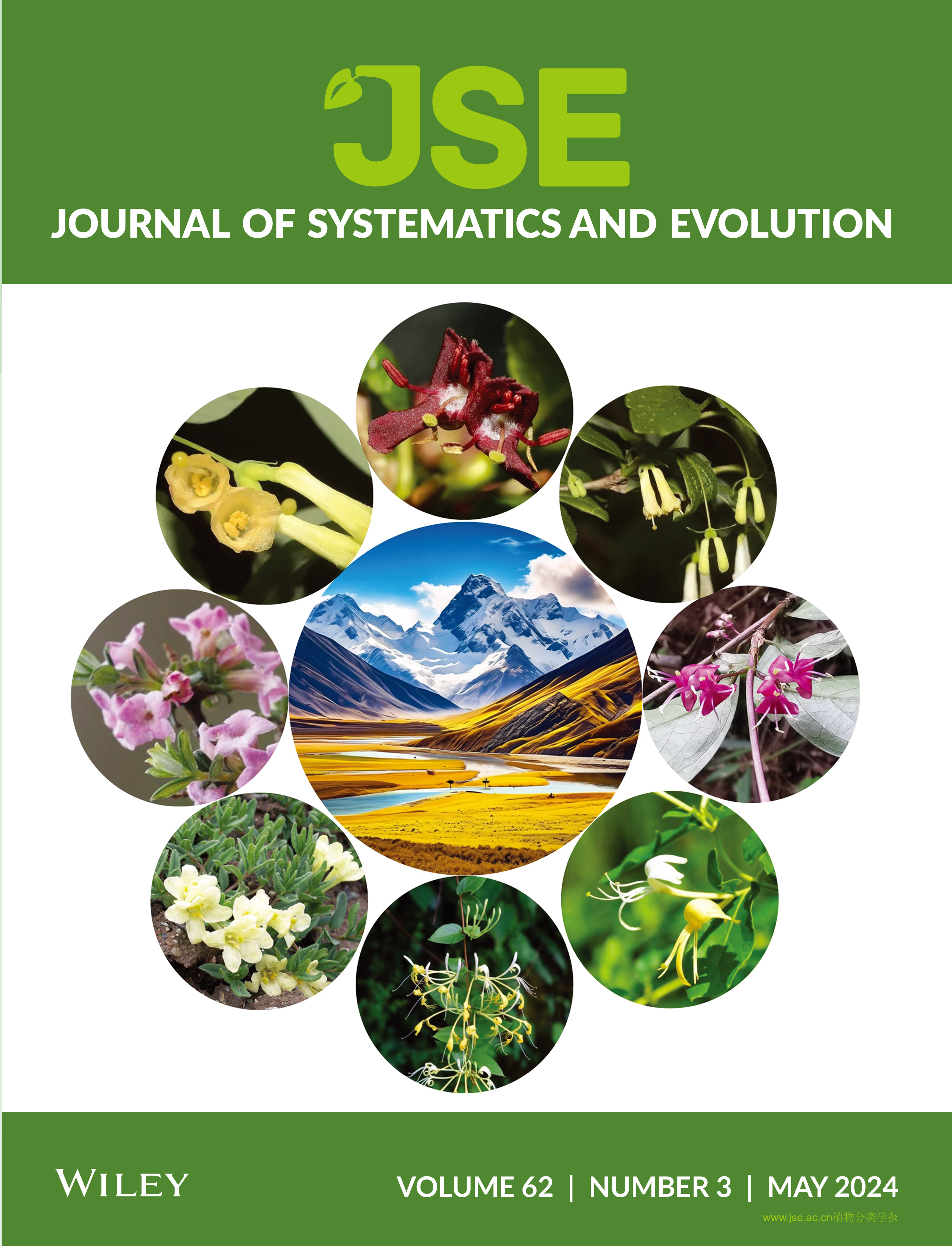Jian-Shuang Shen, Lan Lan, Sheng-Long Kan, He-Feng Cheng, Dan Peng, Zi-Yun Wan, Yue Hu, Xiao-Ling Huang, Xue-Qin Li, Yuan-Jun Ye, Luke R. Tembrock, Zhi-Qiang Wu, and Song-Heng Jin
Rhododendron is the largest genus in Ericaceae and is well known for its diversity and beauty of flowers present in different species, making it a much-revered lineage of ornamental plants. Many species of Rhododendron are intolerant of high temperatures, which are becoming more common and intense in urban areas under global climate change. Therefore, the discovery and description of genes from heat-tolerant Rhododendron lineages are essential in the development of new climate-resilient cultivars. One such species known to be heat tolerant is Rhododendron × pulchrum Sweet. To better understand the genomics of heat tolerance in this species, we assembled a haplotype-resolved and chromosome-scale genome for R. × pulchrum, which had a genome size of 509 Mb; a scaffold N50 of 37 251 370 bp; and contained 35 610 genes. In addition, based on the same reannotation pipeline, we conducted pan-genomic analyses for all seven available chromosome-scale Rhododendron genomes and found 14 415 gene groups shared across all species and 18 018 gene groups distributed in the other species, including 1879 gene groups found in only a single species. Finally, we analyzed the transcriptomic data from heat-treated and non-heat-treated R. × pulchrum plants to quantify the genes that are most important during heat stress in an effort to inform the development of climate-resilient cultivars. This study provides insight into the genome diversity in Rhododendron and targets several genes related to agronomic traits that may help in further analysis.
In this research, to better understand the genomics of heat tolerance in this species, we assembled a haplotype-resolved genome of Rhododendron × pulchrum Sweet which is known to be heat tolerant. We re-annotated all the Rhododendron genome we used in this study, and analyzed their evolutionary history and their genes through the pan-genome approach. Based on the transcriptome data we analyzed the differentially expressed gene between the heat stress and non-heat stress. Our results marked several genes that may contribute to their special phenotype, and the listed genes could be used for further research on the specific phenotype of R. pulchrum such as heat tolerance.

